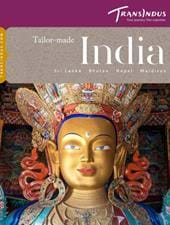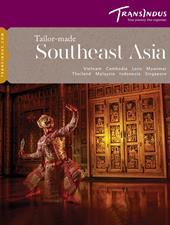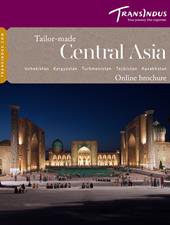Ancient inscriptions on shrines carved from the long, narrow, sheer-sided escarpment soaring above the city of Gwalior, 312km (194 miles) southwest of Delhi, show that the hill has been of religious and strategic importance for many centuries. But it was during the reign of Raja Man Singh (1486–1516 AD), one of the illustrious Tomar kings, that the fort became one of India’s ‘Great Wonders’.
Huge round towers crowned by domed cupolas punctuate the façade of the mighty citadel, embellished with bands of blue-green tiles. Inside, the magnificent Man Mandir is the most remarkable of dozens of superbly well preserved medieval buildings, ranging from temples to bathing tanks and tombs. The palace erected by Man Singh for his favourite wife, the Gujari Mahal, is now a particularly well-stocked archeological museum whose prize exhibit is a sensuous carving of a fertility nymph, or Salabhanjika, discovered at a temple nearby. Her voluptuous curves are draped with gossamerthin silk and she radiates an expression of calm serenity that has frequently inspired comparisons with Da Vinci’s ‘Mona Lisa’.
Down in the city, other noteworthy monuments include Scindia dynasty’s eccentric 19th century palace, and tomb of the 16th century singer, Tansen – a reminder of Gwalior’s seminal role in the development of India’s Classical music tradition.








